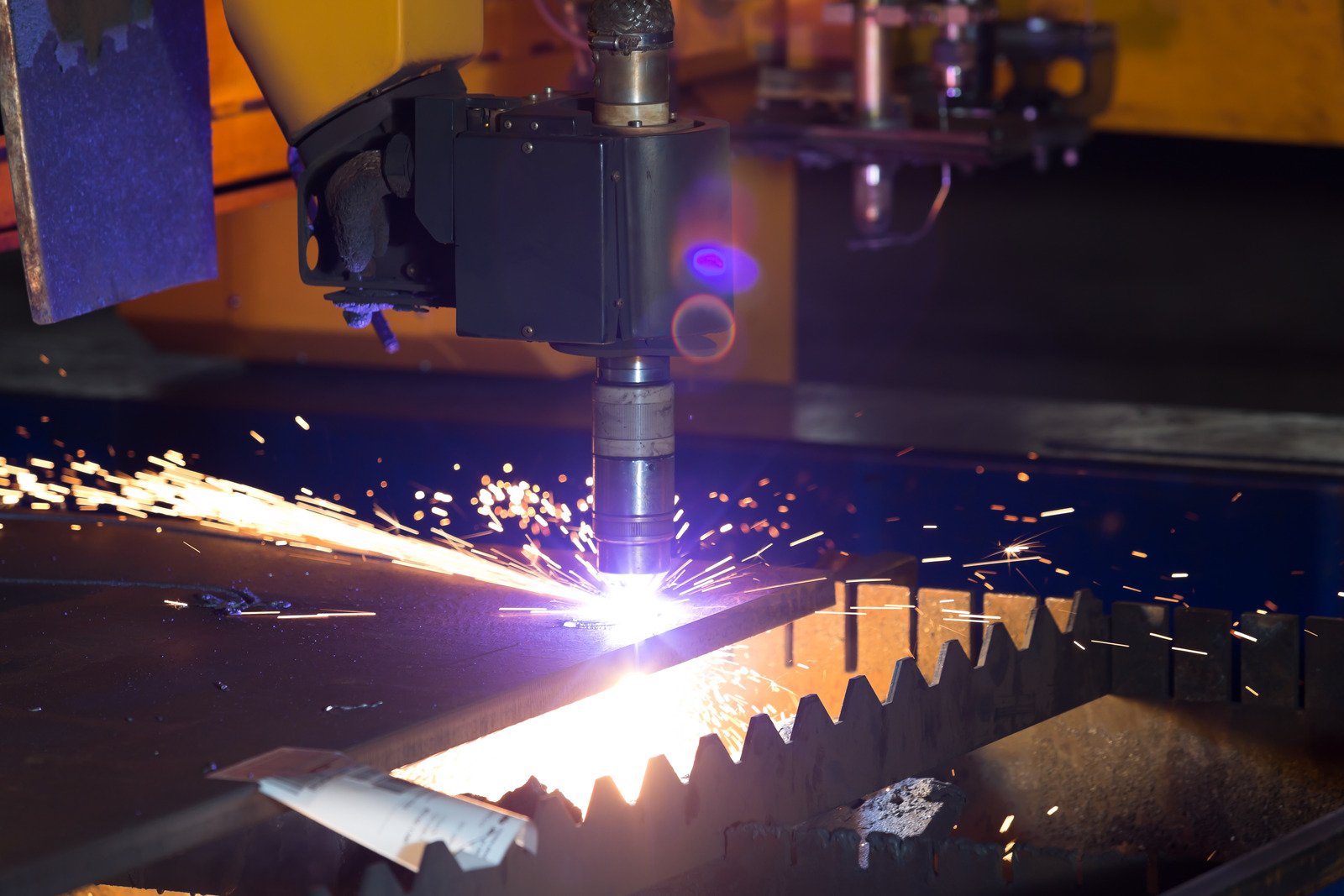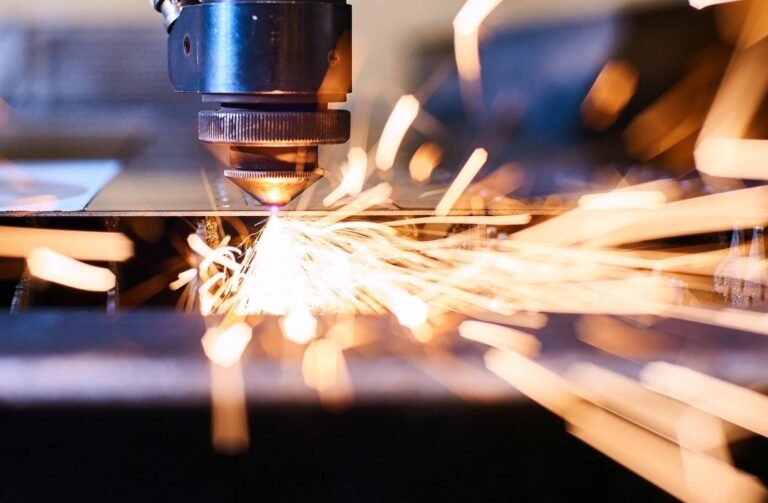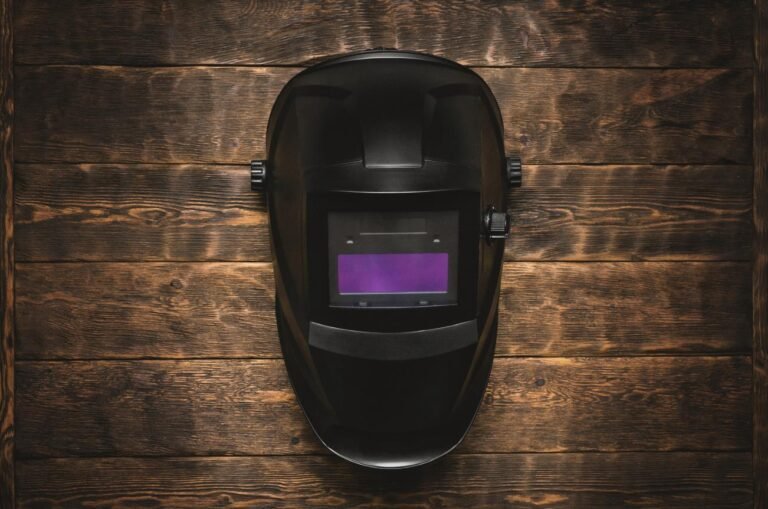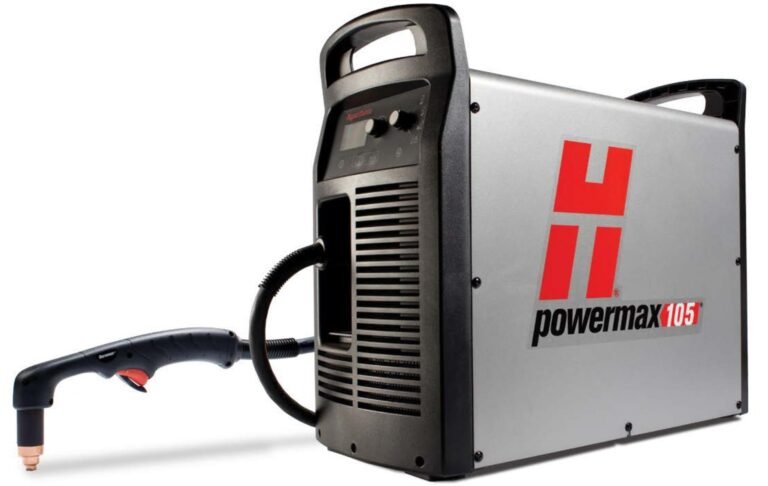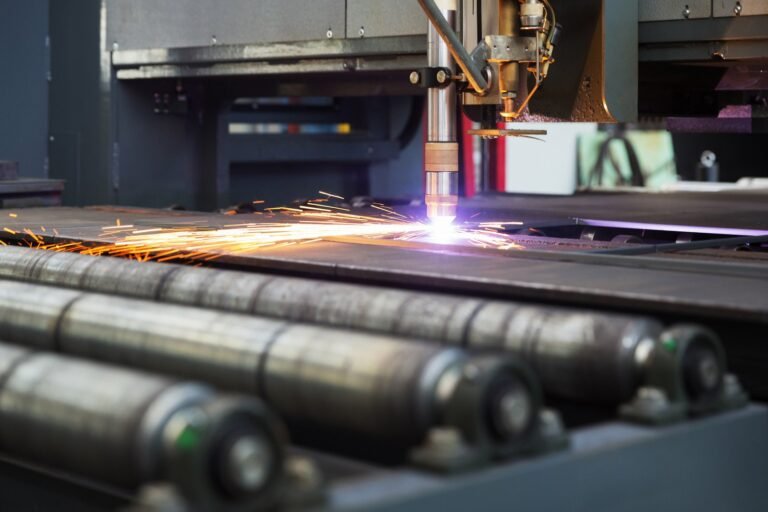5 Secrets About Plasma Cutting VS Laser Cutting
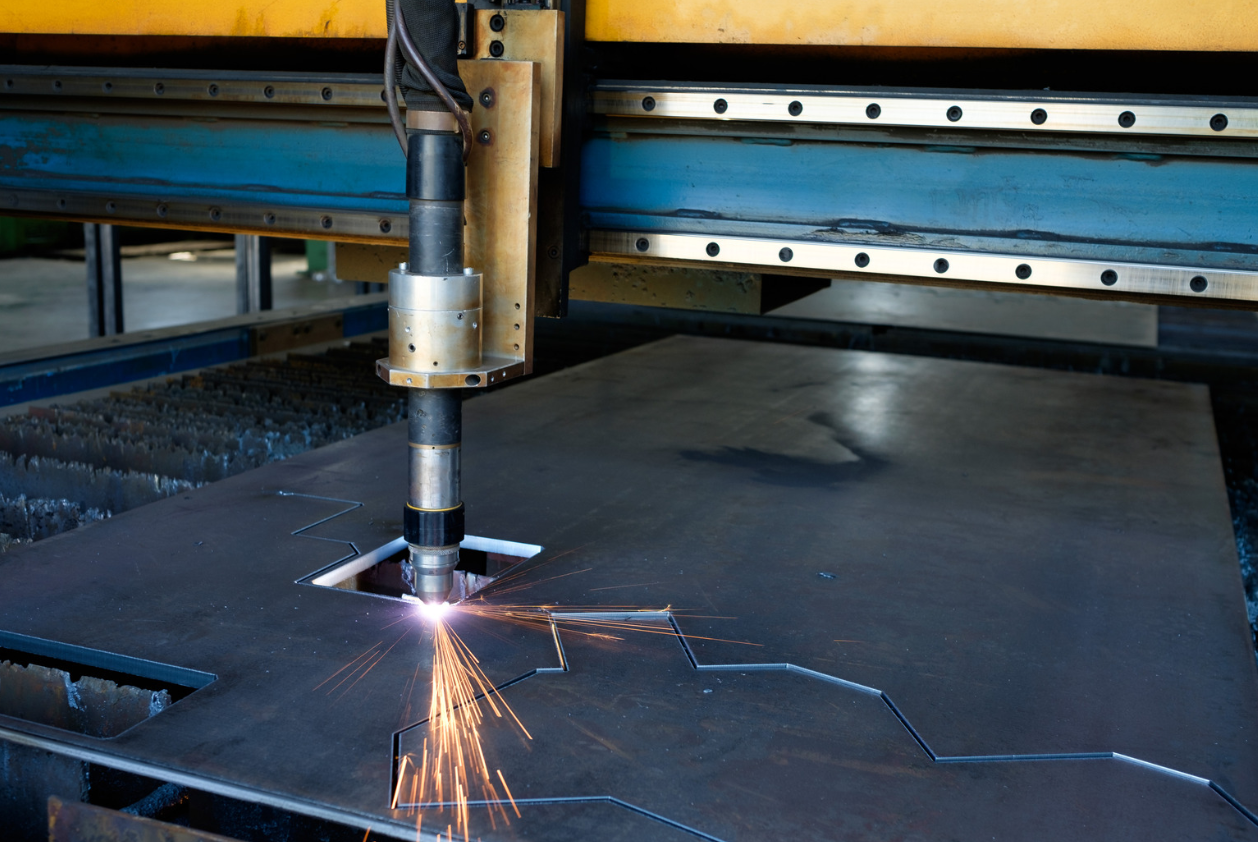
1.Which is more cost-effective, laser or plasma cutting?
The cost-effectiveness of laser and plasma cutting depends on several factors, including the material type and thickness, cutting precision, operating costs, and initial investment. Here’s a comparison of the two technologies, incorporating the requested keywords, in terms of cost-effectiveness:
- Initial investment: Plasma cutting systems, such as CNC plasma cutter, generally have a lower upfront cost compared to laser cutting systems like laser cutter and laser cutting machine. However, the overall cost-effectiveness should also take into account the operating costs and maintenance requirements.
- Material type and thickness: If you’re primarily cutting thin to medium-thickness materials, laser cutting may be more cost-effective due to its speed and precision. For thicker materials, plasma cutting is usually faster and more cost-effective.
- Cutting precision and quality: Laser cutting provides higher precision and cleaner cuts, reducing the need for post-processing and minimizing material waste. This can make laser cutting more cost-effective in terms of overall part quality and production time. Plasma cutting may require additional processing to achieve the desired finish, which can increase costs.
- Operating costs: Laser cutting systems, like laser cutting machines, generally have lower operating costs, as they consume less energy and have fewer consumables to replace. Plasma cutting systems may have higher operating costs due to consumable parts like electrodes and nozzles that need to be replaced more frequently.
- Maintenance: Laser cutting systems typically require less maintenance than plasma cutting systems, which can contribute to their cost-effectiveness in the long run.
In summary, the cost-effectiveness of laser and plasma cutting depends on your specific needs and requirements. Laser cutting tends to be more cost-effective for thinner materials and applications that demand high precision, while plasma cutting is more cost-effective for thicker materials and applications where precision is less critical. Make sure to consider your specific needs and the factors mentioned above to determine the most cost-effective solution for your application.
Which is better: laser or plasma cutting tables?
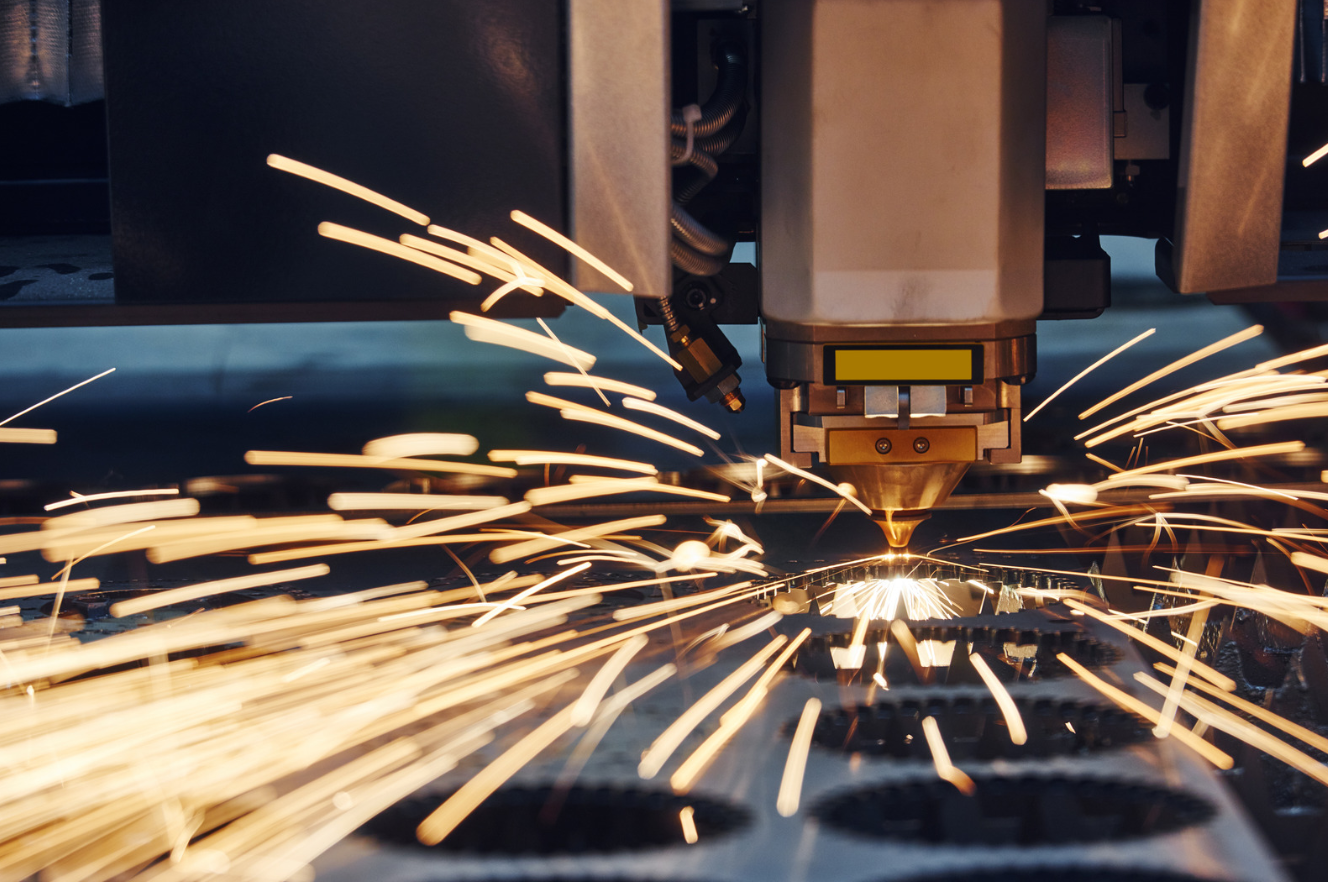
Which is better: laser or plasma cutting tables?
Deciding whether a laser or plasma cutting table is better depends on your specific needs and the factors essential to your application. Here are some key differences between the two technologies, incorporating the requested keywords, to help you make an informed decision:
- Material type and thickness: Laser cutting machines, including fiber laser cutting systems, are more versatile and can handle a wider range of materials, such as metals, plastics, and wood. They are better suited for thin to medium-thickness materials. CNC plasma cutters, on the other hand, are mostly used for cutting conductive metals and excel at cutting thicker materials.
- Cutting quality and precision: Laser cutting tables, utilizing a focused laser beam, offer higher precision and cleaner edges, resulting in less post-processing and higher part quality. This makes laser cutting more suitable when precision is a priority. Plasma cutting tables often produce wider kerfs and may require additional processing to achieve the desired finish.
- Cutting speed: When comparing laser cutting vs. plasma cutting, laser cutting tables usually have faster cutting speeds for thin materials, while plasma cutting tables have faster cutting speeds for thicker materials. Your choice should depend on the material thickness you will be working with most often.
- Operating costs and energy efficiency: Laser cutting tables, such as fiber laser cutting systems, generally have lower operating costs and are more energy-efficient than plasma cutting tables. However, they also tend to have a higher upfront cost, which should be considered when choosing between the two options.
- Safety and environmental impact: Laser cutting tables produce less noise, fumes, and waste compared to plasma cutting tables. However, laser cutting machines, like laser cutters, may require additional safety measures like laser-safe enclosures or proper ventilation to protect operators from potential hazards.
In summary, the better choice between laser and plasma cutting tables depends on your specific requirements, including the types of materials you will be cutting, the desired cutting quality and precision, the thickness of the materials, and your budget. Consider these factors to make the most suitable choice for your application.
Why use an HVAC plasma cutting machine?
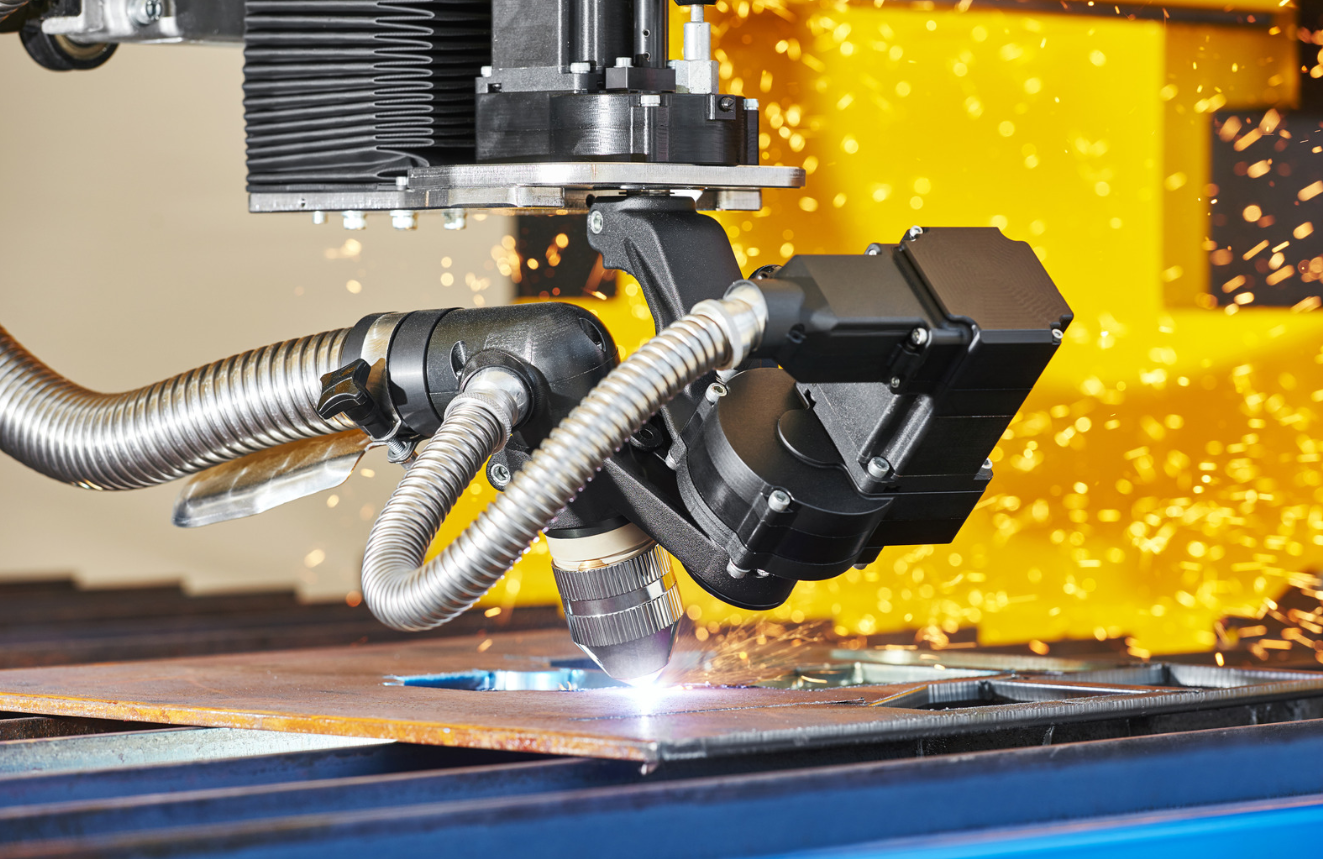
Using an HVAC (Heating, Ventilation, and Air Conditioning) plasma cutting machine is beneficial for several reasons, particularly in the fabrication of ductwork and other HVAC components. The advantages of using an HVAC plasma cutting machine include:
1.Speed and efficiency: These machines are capable of cutting sheet metal quickly and accurately, which leads to reduced production time, lower labor costs, and faster project completion.
2.Precision and accuracy: HVAC plasma cutting machines produce precise and consistent cuts, ensuring that the fabricated components fit together seamlessly. This reduces the need for additional adjustments or modifications during installation.
3.Material utilization: Plasma cutting machines optimize the use of sheet metal by reducing material waste and saving costs. Nesting software arranges the parts to be cut in the most efficient way, maximizing the use of available material.
4.Automation: Many HVAC plasma cutting machines feature computer numerical control (CNC) technology, allowing for automated cutting operations. This automation reduces the chances of human error and ensures consistent quality across all produced components.
5.Flexibility: HVAC plasma cutting machines can cut a wide range of materials, such as mild steel, stainless steel, and aluminum. This versatility enables fabricators to produce components for various HVAC applications.
6.Reduced labor requirements: The automation and speed of HVAC plasma cutting machines can decrease the need for manual labor in the cutting process, lowering labor costs and reducing the risk of workplace injuries.
In summary, HVAC plasma cutting machines offer numerous benefits, including speed, precision, material utilization, automation, flexibility, and reduced labor requirements, making them an ideal choice for the fabrication of HVAC components.
What are the differences between plasma cutting and high-definition plasma cutting?
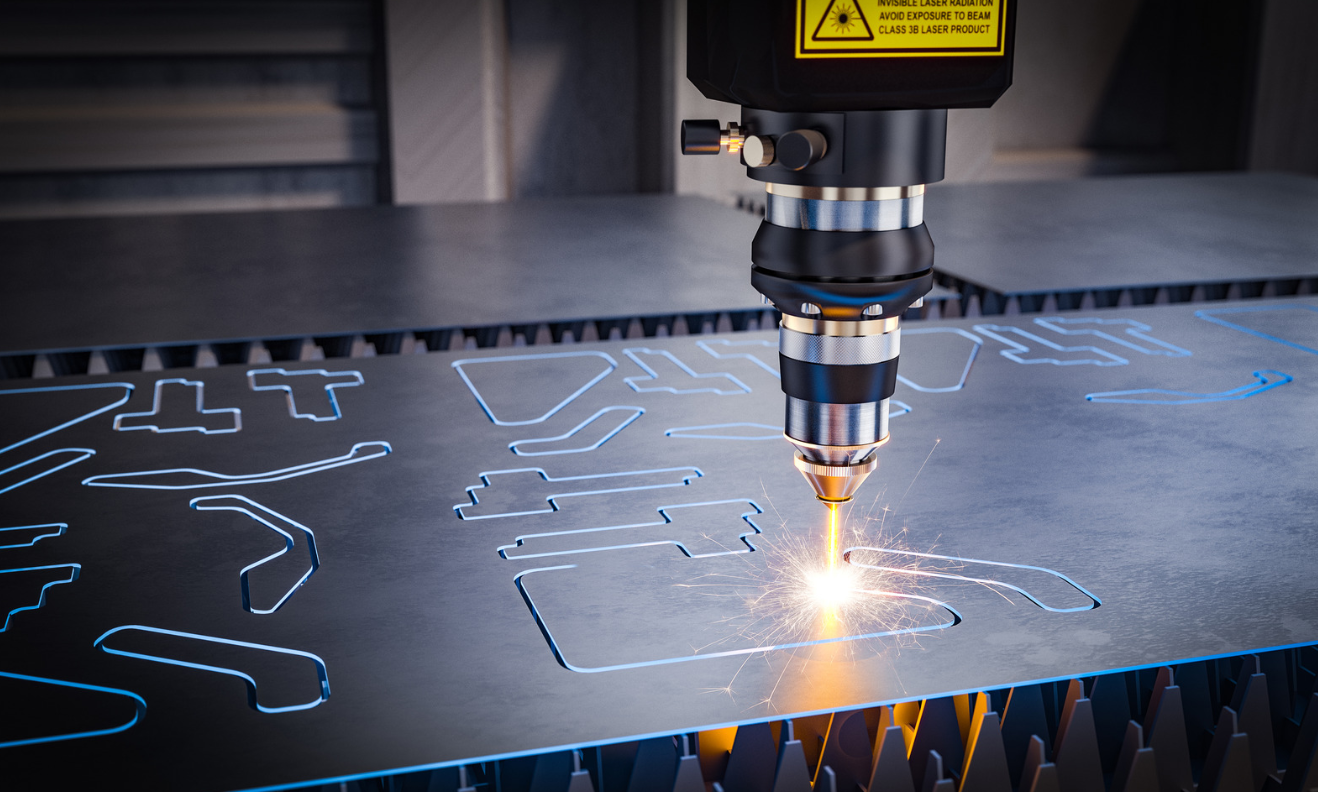
Plasma cutting and high-definition plasma cutting are both thermal cutting processes that use a plasma arc, generated by an electric arc, to cut through conductive materials like carbon steel. While sharing similarities, there are key differences between the two techniques in terms of precision, cut quality, and system complexity. Here are the main differences between plasma cutting and high-definition plasma cutting, while incorporating the requested keywords:
- Precision and cut quality: High-definition plasma cutting systems are designed to provide superior cut quality and tighter tolerances compared to conventional plasma cutting systems and even laser cutting machines in some cases. They achieve this through a combination of advanced torch and consumable designs, refined gas flow control, and more precise power supply settings. As a result, high-definition plasma cutting produces smoother cut edges, less dross, and narrower kerf widths than both laser cutting and conventional plasma cutting.
- System complexity: High-definition plasma cutting systems are generally more complex than conventional plasma cutting systems and CNC plasma cutters. They require more sophisticated power supplies, torches, and gas control systems to achieve the higher level of precision and cut quality. Additionally, they often need more advanced CNC controls and software, similar to those used in laser cutting machines, to manage the cutting process effectively.
- Consumables: High-definition plasma cutting systems use specialized consumables designed to provide optimal cut quality and longer life. These consumables are often more expensive than those used in conventional plasma cutting systems but can result in lower overall operating costs due to their extended life and improved cut quality compared to laser cutters.
- Operating cost: While high-definition plasma cutting systems may have higher initial costs and more expensive consumables than laser cutting machines, they can provide lower operating costs in the
Which method is better for cutting thick steel: plasma or oxy-acetylene?
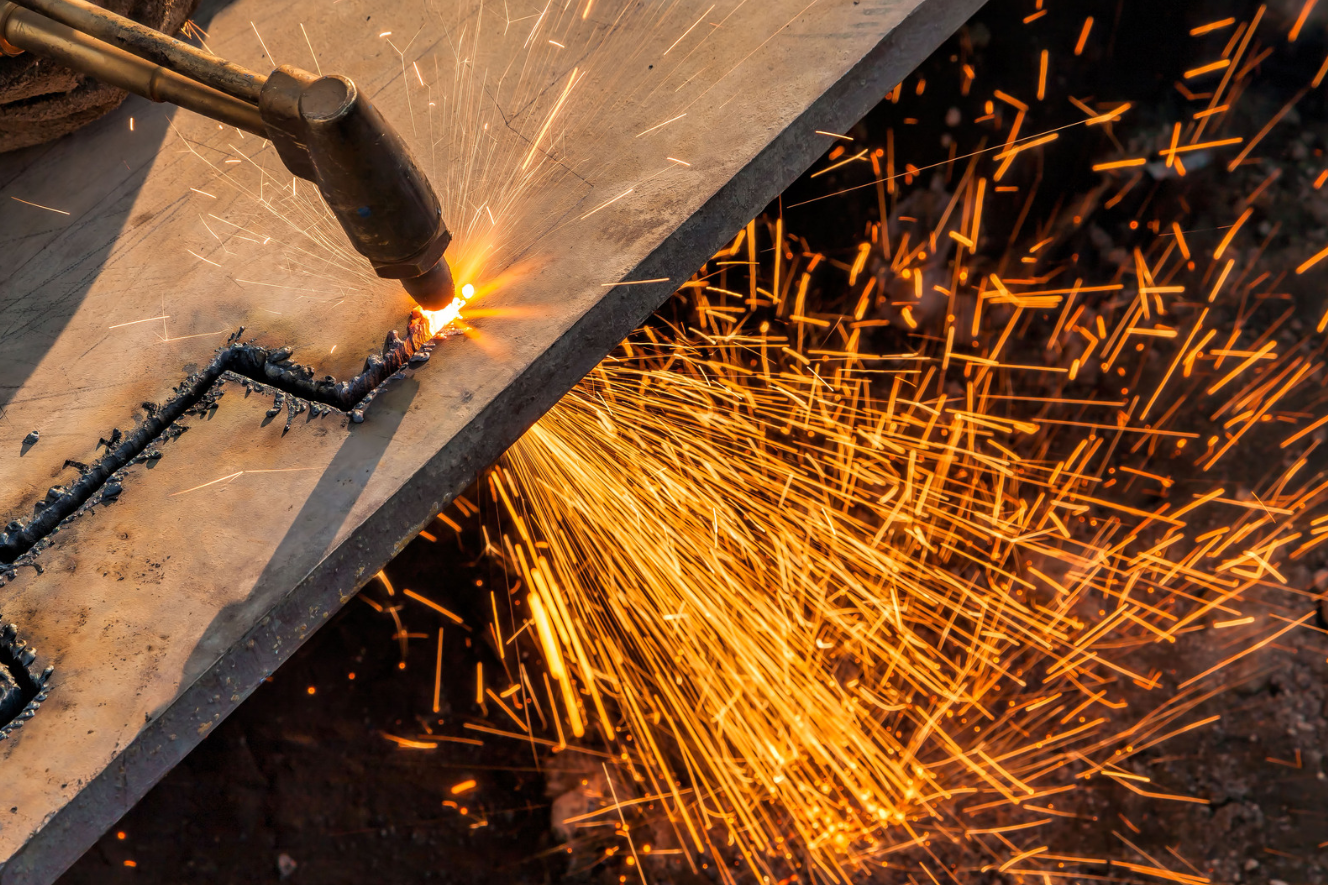
When cutting thick steel, the choice between plasma cutting and oxy-acetylene cutting depends on factors such as cut quality, speed, cost, and ease of use. Plasma cutters and oxy-acetylene systems each have their advantages and disadvantages. Here’s a comparison of the two methods, incorporating the requested keywords:
- Cut quality: Plasma cutting, which uses a plasma torch to create precise cuts, generally produces a smoother cut with less dross compared to oxy-acetylene cutting. However, as the plate thickness increases, the cut quality of plasma cutting may decrease. Oxy-acetylene cutting can produce a rougher cut with more slag, but it can handle very thick materials.
- Speed: In the context of sheet metal fabrication, plasma cutting is usually faster than oxy-acetylene cutting, especially for thinner materials. However, as the material thickness increases, the speed advantage of plasma cutting may decrease. Oxy-acetylene cutting can be slower, particularly for thick materials, but it remains consistent across a wide range of thicknesses.
- Cost: Plasma cutting systems, including plasma cutters and consumables, typically have higher initial costs compared to oxy-acetylene systems. However, the increased speed and reduced need for secondary operations can offset these costs. Oxy-acetylene cutting systems have lower initial costs and more affordable consumables, but they may require more labor and secondary operations due to the rougher cut quality.
- Ease of use: Plasma cutting systems are generally easier to set up and operate compared to oxy-acetylene systems. They require less skill and experience to achieve good results, making them more suitable for sheet metal fabrication projects. Oxy-acetylene cutting systems demand more skill and experience to set up and operate effectively, particularly when cutting thick materials.
In addition to plasma and oxy-acetylene cutting, water jet cutting is another option that uses a high-pressure stream of water mixed with abrasive particles to cut materials without affecting their properties, making it ideal for heat-sensitive materials.
In summary, plasma cutting is generally better for cutting thick steel when speed, cut quality, and ease of use are the primary considerations. However, oxy-acetylene cutting can be more cost-effective and suitable for very thick materials where cut quality is less critical. Ultimately, the choice between plasma and oxy-acetylene cutting depends on the specific requirements of your application.
Contact Us
Have any questions about plasma parts?
Plasma cutting equipment Accessories Safety protection products, etc.
Tel
+86-15370952128
lasersourcing@hotmail.com
15370952128
+86-15370952128

